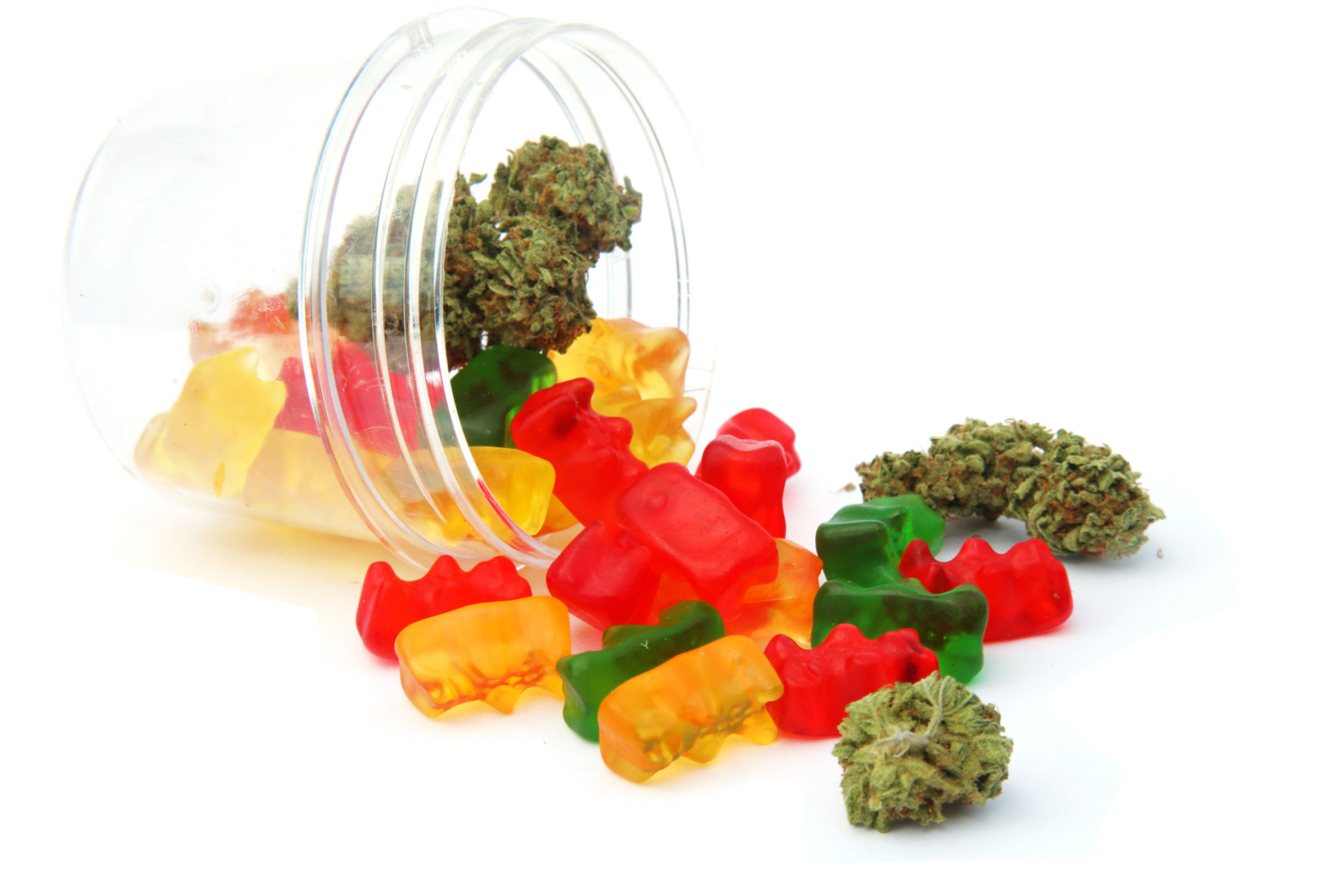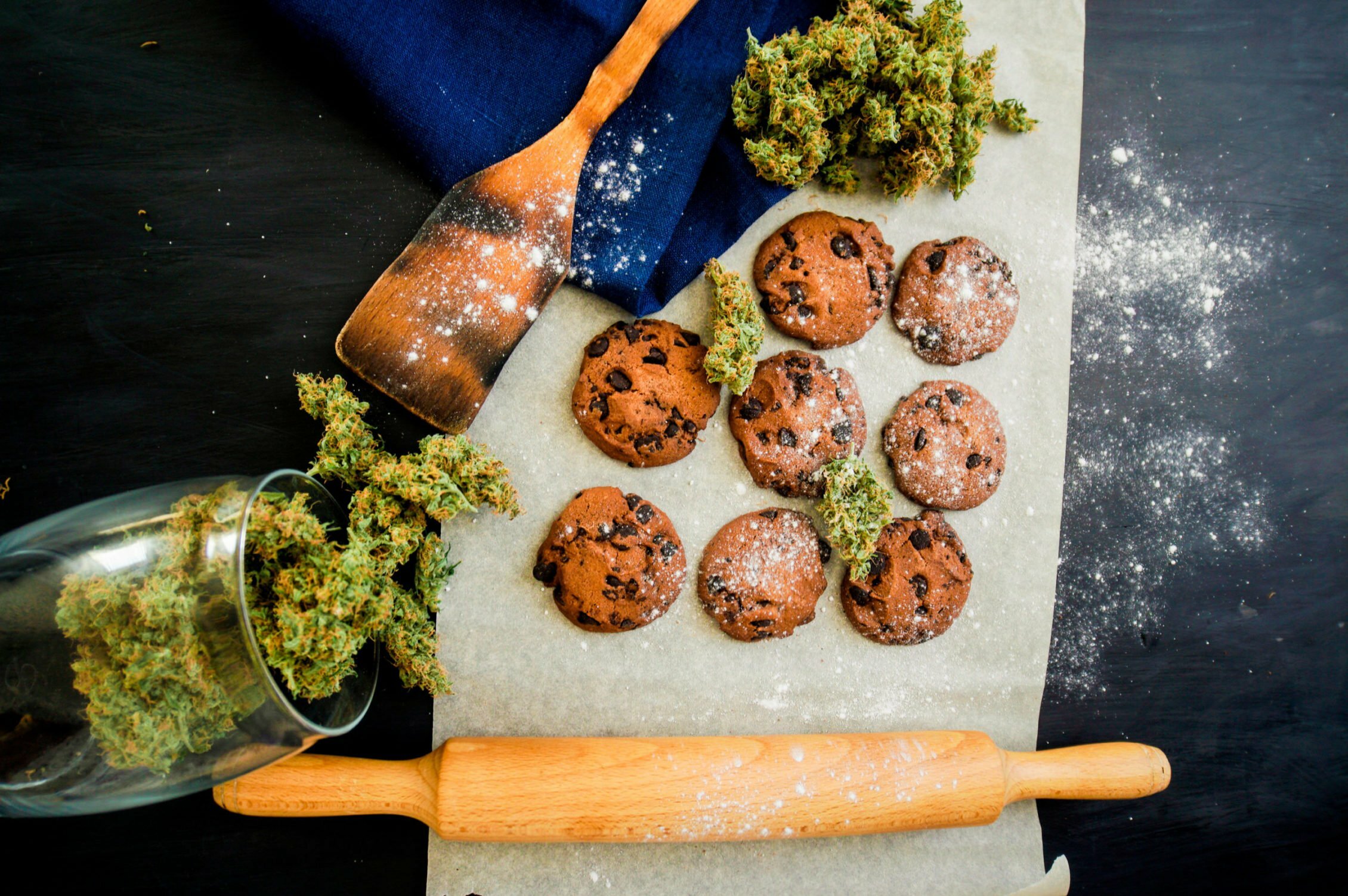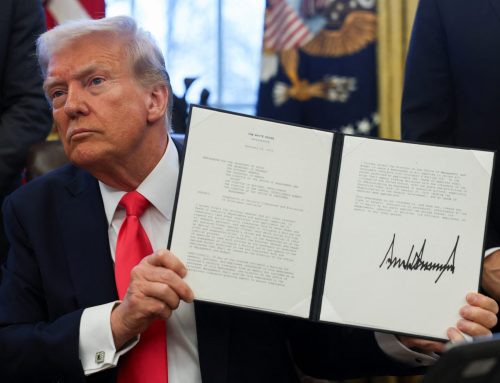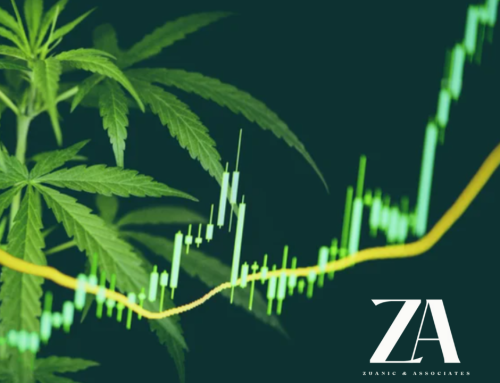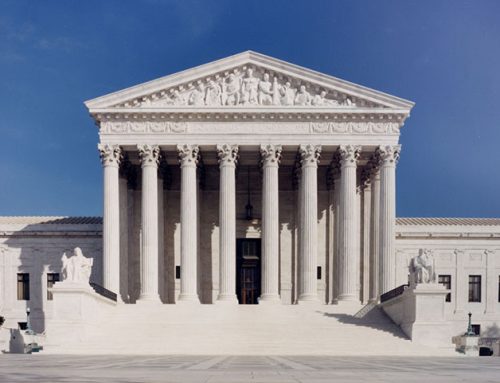Trying Edibles For The First Time?
Eating a treat infused with cannabis is a great way to catch a buzz and find relief. It does not require inhaling smoke or vapor, and offers a strong high that is perfect for any occasion.
Ingesting marijuana allows THC and CBD (the most popular cannabinoids) to be absorbed via the liver, as opposed to the lungs. Because the edibles need time to digest, the effects come on much later than toking up. This can lead to a trial and error for folks who are still in the beginning stages of eating cannabis, with some experiences becoming too much to handle.
When done correctly, edibles can offer a wonderful and relaxing experience with effects that typically last a few hours. Overdoing it can lead to anxiety and stomach issues, and the notion that you will never try infused food again. So, how do you try edibles the right way? Read our guide below to learn how.
History of Edibles
Edibles have been around for hundreds of years. Ancient Egyptians used cannabis paste for a variety of ailments. The famous authors Victor Hugo and Alexandre Dumas crumbled hashish into their coffee, with the stimulating psychoactivity fueling late-night discussions on philosophy and ideology. Queen Victoria of England ate hash candies in order to relieve symptoms of PMS.
In the second half of the 20th century, homemade pot brownies became the new edibles norm. While some people worked to make their own cannabutter to use in their recipes, others simply ground up leaves and buds and threw them right in the mix. This DIY approach can leave bakers guessing how strong their products are, often creating treats that were either far too potent or not potent at all.
However, the 21st century has brought on a whole new generation of edibles, leaving some people saying, “what will they think of next?”
Edibles Today
With the advent of legal cannabis, the edibles market has exploded. In addition to the classic brownies and cookies, there are now truffles, gummy bears, soda, and even savory foods such as olive oil, pizza sauce, and beef jerky!
New extraction technology has enabled a way to create delicious infused products that are made with high-quality cannabis tracked from seed-to-sale. Each edible lists the THC dosage on the package, allowing the consumer to stay in control of their high.
The majority of adult-use cannabis dispensaries sell edibles that are already broken into 10-milligram servings, which is the typical recommended dosage for a newbie (and state law requirement).
For example, a three-pack of infused chocolate truffles contains one 10 milligram dose per candy. Medical marijuana patients often have access to much more potent edibles. A Kova Black Bar contains 1,000 milligrams of THC, and while one serving size contains 100 milligrams, many extreme pain patients may eat more than one at a time.
Proper Edible Dosing
There is more to consider when eating edibles than just the THC content per serving. There are a number of different factors that go into how infused foods may affect you. Prior to consuming your pot brownie or marijuana muffin, ask yourself these questions:
- How often do you use cannabis? A person’s tolerance comes into play heavily when determining how many milligrams of THC to eat. As mentioned previously, a person who rarely consumes cannabis is recommended an initial dose of 10 milligrams. A more moderate user has a higher threshold and therefore could maybe do 30 or 40. Some heavy users can easily eat an entire 100-milligram chocolate bar.
- How is your metabolism? Metabolism is the process the human body uses to convert food into energy. People with a fast metabolism will start to feel the effects of a cannabis edible sooner than a person with a slower metabolism.
- When did you last eat? When it comes to edibles, remember to take them with food. Eating an infused product on an empty stomach will typically make the effects come on faster and stronger, which can lead to problems. A 2012 study found that subjects who consumed a 1:1 THC/CBD spray without eating for ten hours before absorbed the THC near three times faster than those who ate 30 minutes before dosing.
- How strong do you want the effects to be? The experience you are planning after you initially eat your edible should also be considered when deciding on dosage. Those who are looking to feel a little light on their feet should start small, while those who want a full-on high like they may not have experienced since they were young may choose more.
How to Determine THC Content of DIY Canna-butter
When creating your own edibles at home, it can difficult to figure out what the dosage of THC per serving will be. Follow these steps to ensure you get an accurate number:
- Identify the percentage of THC in the cannabis strain you’re cooking with; most strains have about 10 percent THC. More potent strains can be 15-20 percent. Legal cannabis labels should contain this information. If for some reason you do not know the percentage, estimate 10 percent.
- Next, convert the amount of cannabis flower you have to milligrams. Every 1 gram of cannabis bud has 1,000 milligrams of dry weight. If a strain has about ten percent THC, ten percent of 1,000 milligrams would be 100 milligrams. So for cooking or baking at home, it is safe to assume that a gram of cannabis contains at least 100 milligrams of THC.
- Once you have determined how many milligrams of THC you, divide it by the recipe yield to determine a per-serving dose of THC. For example, if you make one cup of butter containing 100 milligrams of THC (three grams of cannabis), each tablespoon would contain 18.75 milligrams. If a standard chocolate chip cookie recipe calls for 8 tablespoons (½ cup) of butter and makes 24 cookies, each cookie will contain 6.25 milligrams of THC.
Edible Safety
As with any other psychoactive substance, it is imperative to imbibe responsibly. Mixing edibles (or any cannabis product for that matter) with alcohol is extremely dangerous. “Greening out” is a term sometimes used to refer to ingesting marijuana after drinking, and can lead to dizziness and nausea. In extreme cases, the plant’s antiemetic properties lead to people with severe alcohol poisoning being unable to vomit and thus rid their body of the toxins making it sick.
One mistake many people make when trying edibles for the first time is accidentally over-doing it by not waiting long enough for the effects to kick in. As mentioned above, there are different factors that go into how long it can take before a buzz begins. Therefore, start small. Eat a dose and wait at least two hours. If you still are not feeling another, take a bit more.
Never operate a vehicle while under the influence of cannabis.
Final Thought
Eating cannabis is a great delivery method, especially for those who do not wish to or are unable to inhale. States with legal marijuana now offer dozens of different delicious infused edibles, from classic brownies to BBQ sauce. However, it is vital to do your homework prior to your first edibles experience. Knowing how to dose the correct way will ensure a lovely experience, and help to prevent any potentially negative side-effects.











